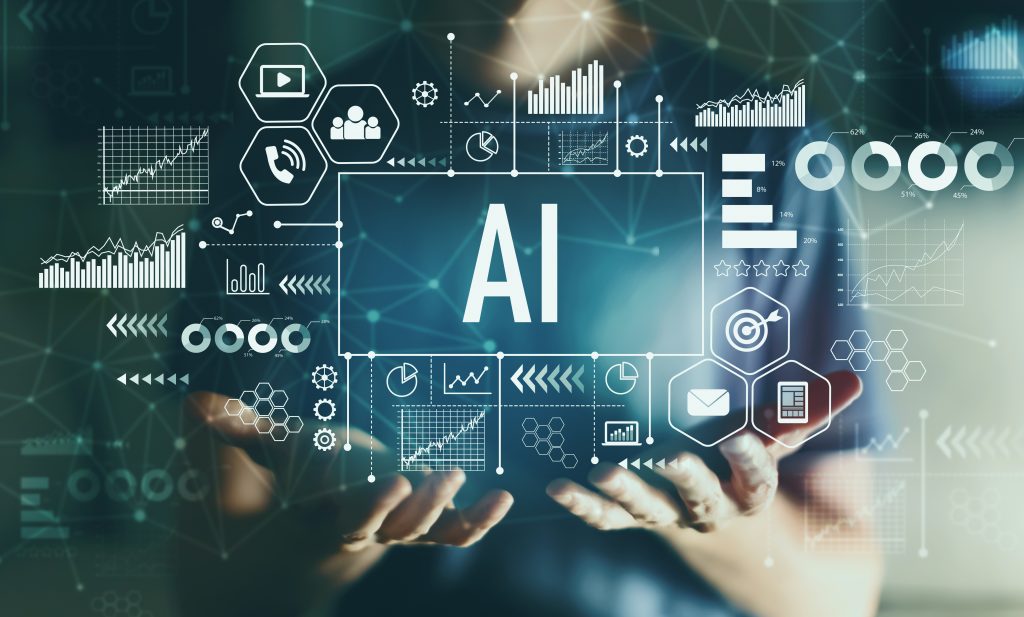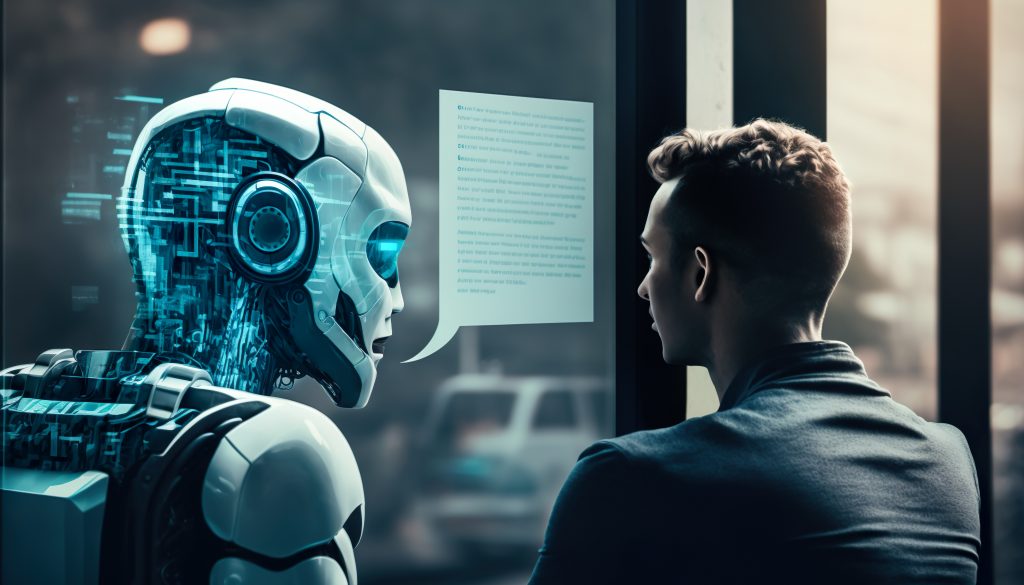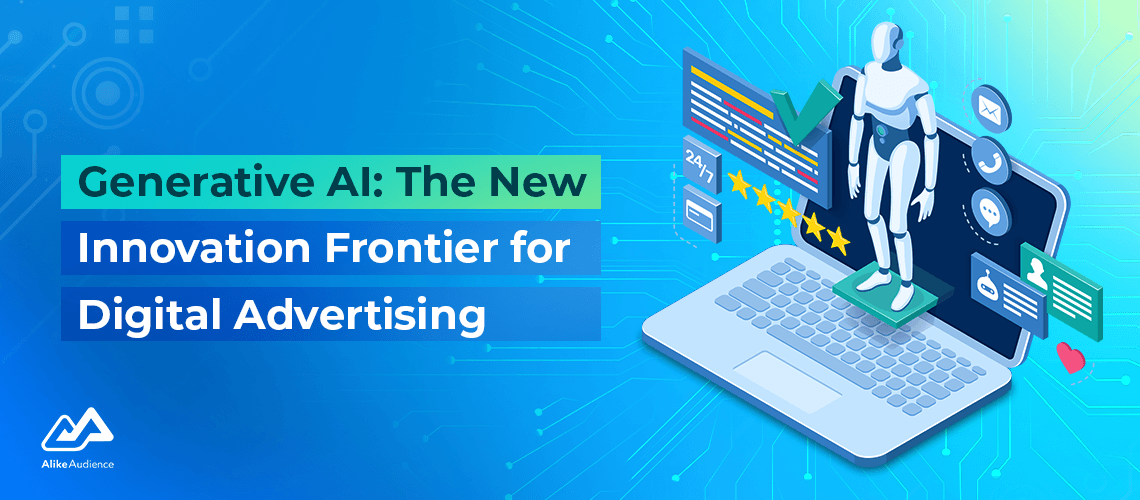There is no escape from artificial intelligence (AI) if you work in media, marketing, advertising and digital content creation. Algorithmic-based advertising is here to stay and is accelerating in reach and power.
AI is being embedded in content and advertising production systems around the world. In August, WPP CEO Mark Read said that the world’s largest digital agency is using AI-generated campaigns to cut costs by a factor of 10 to 20 times. The company said it is working with Nestle and food giant Mondelez to dramatically reduce the cost of digital advertising creation, and has also created an AI for Business training course in the UK, in a partnership with Oxford University. Instead of sending a film crew to shoot an ad in a remote location, WPP said it’s now choosing to create ad campaigns virtually.
Earlier in the year, WPP announced they were developing a content engine in tandem with chip maker NVIDIA to enable “creative teams to produce high-quality commercial content faster, more efficiently and at scale while staying fully aligned with a client’s brand.” The WPP and NVIDIA joint venture connects an ecosystem of 3D design, manufacturing and creative supply chain tools, including those from Adobe and Getty Images, letting WPP’s artists and designers integrate 3D content creation with generative AI.
The acceleration of AI in advertising

The economics of AI are too astounding to ignore. AI budgets are growing exponentially, and are more than double the second biggest spending area in technology, cloud computing, according to a survey by the CNBC Technology Executive Council. As with any gold rush, there are a host of new AI ad generator software programs that enable advertisers to create new campaigns at the press of a few buttons. There are billions of dollars up for grabs – Statista estimates the global digital advertising market will reach US$680 billion this year, led by the dominant US market, which will rake in US$279 billion.
For the digital ad industry, AI will eventually become an embedded part of the creative, production, targeting, and execution elements of campaign work. Take marketing automation platform Clinch, which works with data providers and buy-side programmatic platforms to personalize ad campaigns.
The company’s workflow automation and omnichannel campaign activation platform already leverages AI and machine learning as an integral part of its current campaign management offering. The company’s ML models enable various activities, like purchase prediction scoring, retargeting and product selection strategies, and the creation of identity graphs (including the process of connecting persons to households).
As Clinch CTO and co-founder Raz Peter told ExchangeWire recently, AI-infused workflow tools will create massive change in the digital advertising supply chain, and time-based billing will be challenged.
“Now more than ever, time is a currency against which advertisers and agencies measure success,” Peter said. “They are looking for AI that can perform tasks throughout the setup and activation phases (which previously consumed an immense amount of human hours), bots that can answer questions and perform their consulting, or to at least scale up this precious service without spending a lot of money – thus increasing overall profitability.”
Google, other players, make their AI move
The big players in digital advertising are now locked in a war for AI supremacy. By 2030, 80% of marketing will be AI augmented, says Google VP of Southeast Asia and South Asia Frontier Sapna Chadha. The company said marketers have moved beyond the hype and are adopting AI solutions, claiming those who have jumped on board, 70% saw revenue increases and 28% reaped cost reductions. Google cites automaker Isuzu, which paired the company’s Performance Max product with its search offerings, driving a 67% increase in qualified leads at 49% lower cost per qualified lead.
Google’s Performance Max offering deploys machine learning to optimize bids and placements to drive conversions, or conversion value. Furthermore, as Google points out, an AI-powered bid strategy analyses and intelligently predicts the value of a potential conversion every time a user searches for products or services you’re advertising, or engages with your ads on various channels. It then automatically adjusts your bids to maximize your return on them.
This technology will shortly be table stakes for every programmatic-based demand-side platform (DSP), or digital media buyer. The advent of AI in digital advertising is part of the better, cheaper, faster mantra that fast growing players such as S4 Capital have been advocating for their clients. As their data and creative unit Media Monks said mid year, brands are already using AI tools to supercharge the creative spark of marketing teams and help brands differentiate in a hyper-competitive marketplace.
“Generative AI is of particular interest to brands here in Asia Pacific,” Media Monks Southeast Asia Head of Regional Growth Yasmin Mansour told marketing publication Warc. “This is AI that can be used to create new content, including images, audio, text, code, simulations and videos. Examples include Open AI’s ChatGPT, Midjourney and Stable Diffusion. This is technology that has been ramping up significantly since 2017 and has emerged in the public sphere in just the past few months.” Mansour adds that spinning up creative content via generative AI tools has become a tremendously fluid process.
The machines will boost human creativity

“This allows teams the freedom to experiment with different takes on an idea at the concept stage without needing to sink additional hours at the drawing board. For instance, teams can create dozens of backgrounds for an animation with AI, then easily swap them in or out until they discover the perfect option. This touch-of-a-button flexibility allows creatives to iterate effortlessly, granting the power to differentiate across a wide range of touchpoints.”
Of course, with any new technology, there are risks and threats such as automation replacing humans, and jobs being outsourced to machines.
However, the head of commercial transformation in Australia/New Zealand for streaming platform Paramount, Emily Smith, told the local chapter of the IAB recently that AI could actually increase demand for strategic skills. “I’d anticipate future roles placing greater importance on human connection & cognition and higher-level thinking which requires memory, perception & intuition,” Smith said.
”Roles requiring these skill sets will become more in-demand and subsequently result in greater competition between companies to secure that talent.” The promise of programmatic advertising – freeing up people from menial repetitive tasks – could actually be delivered by artificial intelligence tools, especially for campaign planning and execution, and audience targeting, and ad optimization.
The next phase will see the big players, such as Google, launch tools that enable advertisers to create and launch ads using AI software. This will likely disrupt the current digital ad agency model, as brands seek cheaper ways to get their ad campaigns out via a multitude of platforms. Meta has already launched its AI Sandbox, while Amazon has launched a generative AI tool to help sellers on its platform write product listings. The machine age of advertising media will only accelerate in its scope and size.


